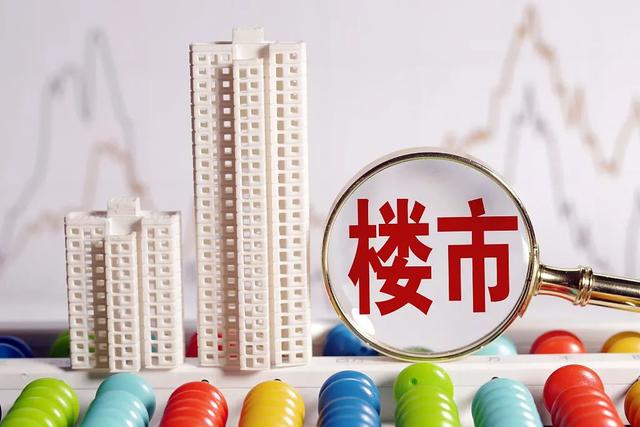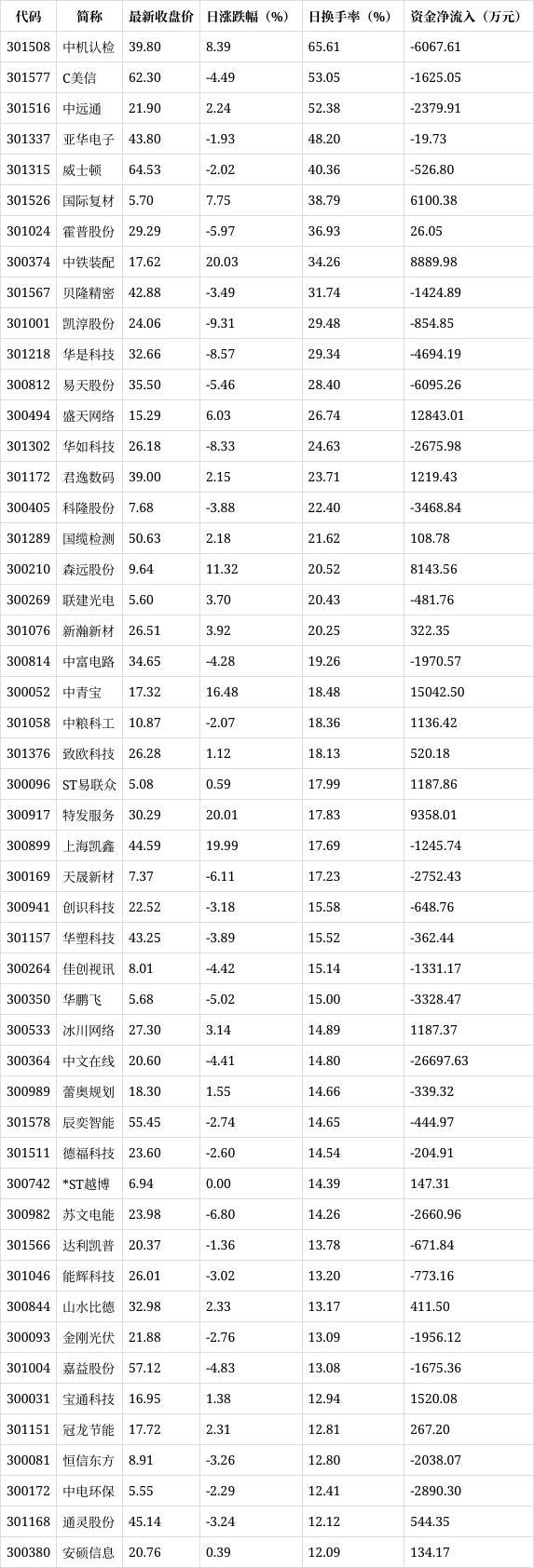This article was transferred from [Economic Daily];
In the traditional peak season of "Golden September and Silver 10" in the real estate market, developers exchanged prices for quantity, especially head housing enterprises, and achieved good sales performance. Does this mean that the property market will gradually pick up in the future? By studying the Proposal of the Central Committee of the Communist Party of China on Formulating the 14th Five-year Plan for National Economic and Social Development and the Long-term Target for the Year 2035 issued by the Fifth Plenary Session of the 19th Central Committee, we can see that "housing without speculation" will remain the main tone of the future real estate control policy, and "promoting the healthy development of housing consumption" is expected to bring more incremental space to the market.
In the second half of this year, local regulatory policies have been continuously increased, the real estate market has remained stable as a whole, and the momentum of excessive housing price increases has been effectively curbed. In the traditional peak season of "Golden September and Silver 10" in the real estate market, developers exchanged prices for quantity, especially head housing enterprises, and achieved good sales performance. Does this mean that the property market will gradually pick up in the future?
As can be seen from the "14 th Five-Year Plan" proposal adopted by the Fifth Plenary Session of the 19th Central Committee,"Housing without speculation" will remain the main tone of future real estate regulation and control policies, and "promoting the healthy development of housing consumption" is expected to bring more incremental space to the market..
The "Golden September and Silver 10" property market is generally stable.
Judging from the changes in the sales price of commercial housing in 70 large and medium-sized cities announced by the National Bureau of Statistics, the increase in the sales price of commercial housing dropped slightly in September.
Sheng Guoqing, senior statistician of the Urban Department of the National Bureau of Statistics, said that in September, the sales prices of new commercial housing and second-hand housing in various cities dropped from the previous month. The year-on-year increase in sales prices of new commercial housing and second-hand housing in second-and third-tier cities continued to decline. Although the house price data in October has not yet been released, on the whole, the national house price remained stable in September and October.
September is the traditional sales season in the real estate market, and housing enterprises naturally don’t want to miss this good opportunity for promotion. For example, Evergrande Real Estate launched a large-scale marketing campaign, with sales of about 60 billion yuan during the "Eleventh" period alone, and the overall performance in October exceeded 100 billion yuan. R&F Properties took the lead in entering the real estate e-commerce platform "Tmall Good Room", and promoted it with the help of the platform. During the "Eleventh Five-Year Plan" period, sales on this platform alone reached 5.6 billion yuan. COSCO Group’s sales in September and October were 16.03 billion yuan and 16.11 billion yuan respectively, up by 19% and 31% respectively.
Statistics from research institutions show that, Evergrande, Sunac, Country Garden, Vanke and Poly all exceeded 100 billion yuan in total sales in September and October.. In addition, in October, the sales performance of housing enterprises such as Poly, Greentown, Shimao, Gemdale, China Merchants and Jinmao was also outstanding, and the monthly performance scale increased significantly year-on-year.
However, people in the industry generally believe that housing enterprises actively market during the sales window period. Compared with other small and medium-sized housing enterprises, leading housing enterprises perform more prominently. And on the whole,Since the third quarter, the growth of the overall performance scale of housing enterprises has mainly benefited from the backward pace of sales and supply during the year, and the supply has increased significantly..
Since the second half of this year, Shenzhen, Nanjing, Hangzhou, Chengdu and other cities have successively introduced real estate control measures to crack down on speculation and prevent the property market from overheating. From the current point of view, the policy effect is obvious, and the housing price has not risen too fast under the control. Stability is still the general tone of the current market.
Adhere to the main tone of "housing without speculation"
The influence of policy direction on the future real estate market is very important. As the "Thirteenth Five-Year Plan" enters its final year, what will be the main tone of the real estate market in the next five years?
The Central Committee of the Communist Party of China’s Proposal on Formulating the 14th Five-year Plan for National Economic and Social Development and the Long-term Target for the Year 2035 (hereinafter referred to as the Proposal) puts forward that "we should adhere to the position that houses are used for living, not for speculation, rent and purchase at the same time, and promote the stable and healthy development of the real estate market", "promote the healthy development of housing consumption", "effectively increase the supply of affordable housing, improve the income distribution mechanism of land transfer, and explore and support the use of collective construction land to build rental housing according to the plan.
All the above shows that the real estate policy will maintain stability and continuity. During the "Thirteenth Five-Year Plan" period, after the policy of "housing and not speculating" was put forward, China’s real estate market generally entered a stage of steady development, and individual cities adopted a high-pressure policy of "outcrop and fight" against the excessive rise in housing prices.Even in the first half of this year, when the COVID-19 epidemic was sudden and the downward pressure on the economy increased, the regulation of the real estate market in the second half of this year has not been relaxed at all.. The central government and a number of competent departments have stated that they adhere to the positioning of "housing and not speculating", and talked about relevant cities, introduced new financing regulations, and continuously introduced regulatory measures in many places, demonstrating their firm determination to curb the excessive rise in housing prices.
It can be said that the main tone of the real estate policy during the "14th Five-Year Plan" period will still be "housing and not speculating", and the stable and healthy development of the real estate market will be a clear direction..
Affected by the tightening of regulation, the local real estate policy was significantly reduced in October. Based on the fact that the central level has always maintained the determination of real estate regulation and control, and since the second half of the year, it is expected that the real estate policy environment will remain tight in the next stage, and local governments will remain cautious when introducing regulation and control policies. Hot cities and cities with excessively high housing prices will still face tightening regulation and control, and it is not excluded that more cities will join the "restricted purchase and restricted sales tide".
The "National Monitoring Report on Real Estate Policy Changes" released by the Evaluation and Research Center of China Housing Research Association in October believes that,In the long run, the purpose of real estate regulation is to stabilize land prices, stabilize house prices and expectations, and promote the stable and healthy development of the real estate market. With the effective control of the real estate market in hot cities, the real estate policy environment will also change from tight to stable..
The "Proposal" also clearly stated that it is necessary to adhere to the policy of the city, promote the healthy development of housing consumption, and promote the balanced development of finance, real estate and the real economy. Under the guidance of policies, the differentiation of local regulation is expected to be further intensified in the future. Third-and fourth-tier cities may take the lead in stabilizing the property market by accelerating the construction of new urbanization, encouraging farmers to buy houses in cities, and giving subsidies or tax incentives for buying houses. In some hot cities, the real estate market supervision will maintain a high-pressure situation.
Promote the healthy development of housing consumption
In many people’s minds, investing in real estate can achieve the goal of maintaining and increasing wealth. Even if house prices can’t rise as sharply as in the past in the next few years, they can at least outperform inflation. Is buying a house really a sure-fire business?
In recent years, the property market has proved by facts that the investment in buying a house, like other investment behaviors, may make money or lose money. Some research institutions have compared house prices with CPI in the past three years, and found that only a few cities such as Xi ‘an and Yantai really exceeded the CPI increase. In Shanghai, Guangzhou, Beijing and other first-tier cities, the increase in house prices has not outperformed inflation in the past three years; In Wuhan, Tianjin, Langfang and other cities, the relative decline in house prices is obvious.
When referring to housing consumption, the "Proposal" clearly "promotes the healthy development of housing consumption". People in the industry generally believe that,"Housing consumption" is not simply the purchase consumption. The purchase consumption is gradually changing to residential consumption, including rental housing, renovation, supporting upgrades, quality improvement, service improvement and other broader consumer needs, linking many industries such as building materials, home improvement, health care and property services..
It is worth noting that the focus of promoting housing consumption is more on "healthy development", which means that residents’ housing improvement needs based on urban-rural migration, family changes and income growth are met. For development enterprises, we should pay attention to diversification and focus on improving the ability of continuous operation and service. As the number of new housing developments will decrease in the future, property management, pension, commerce, cultural tourism and renovation of old residential areas may become important profit sources for housing enterprises.
Source/Economic Daily (Reporter Kang Shu), the original title is "The real estate market performed steadily in September, and the main tone of the property market will not change."
Producer/Editor-in-Chief Jiang Fan/Blair
Editor/Wang Jingyang






